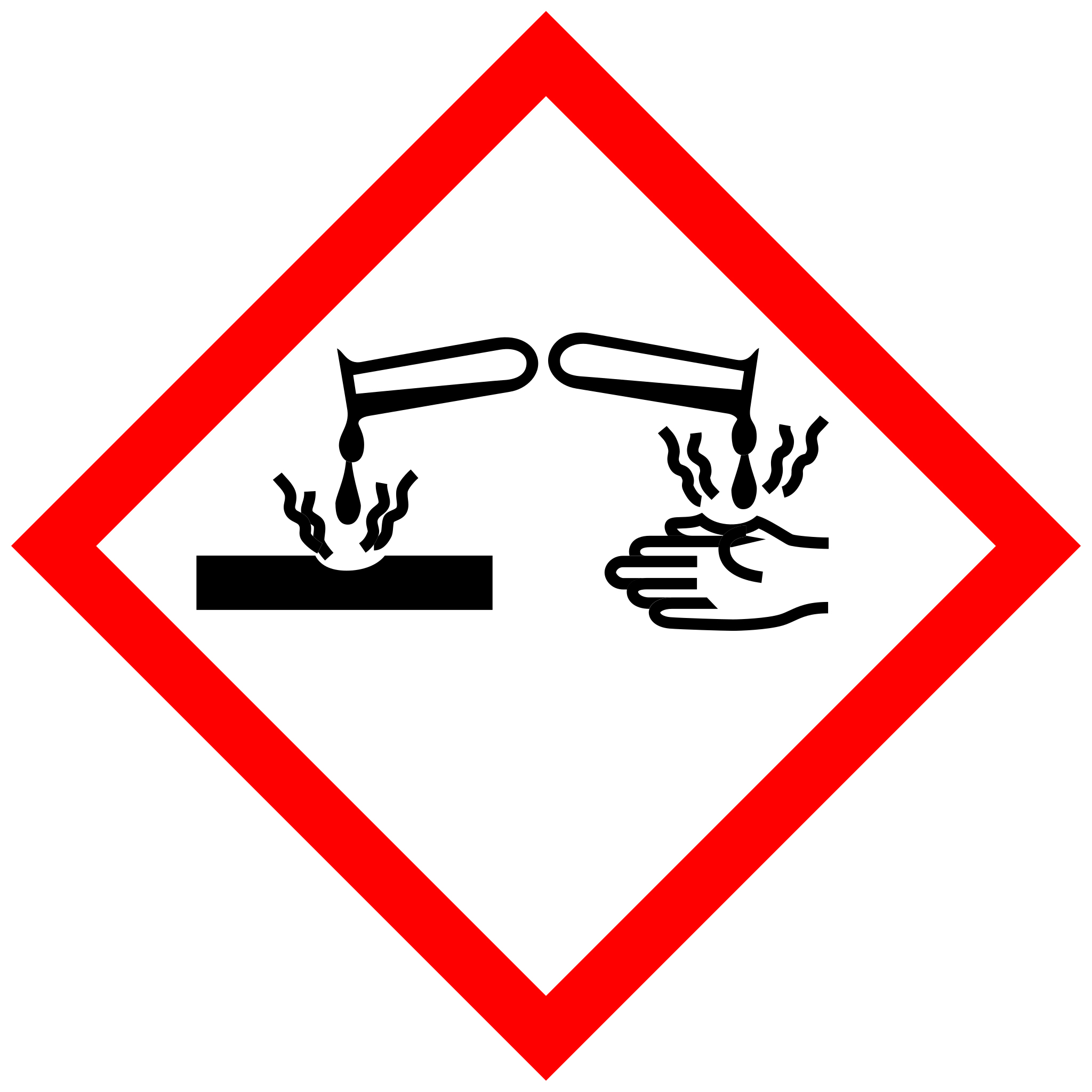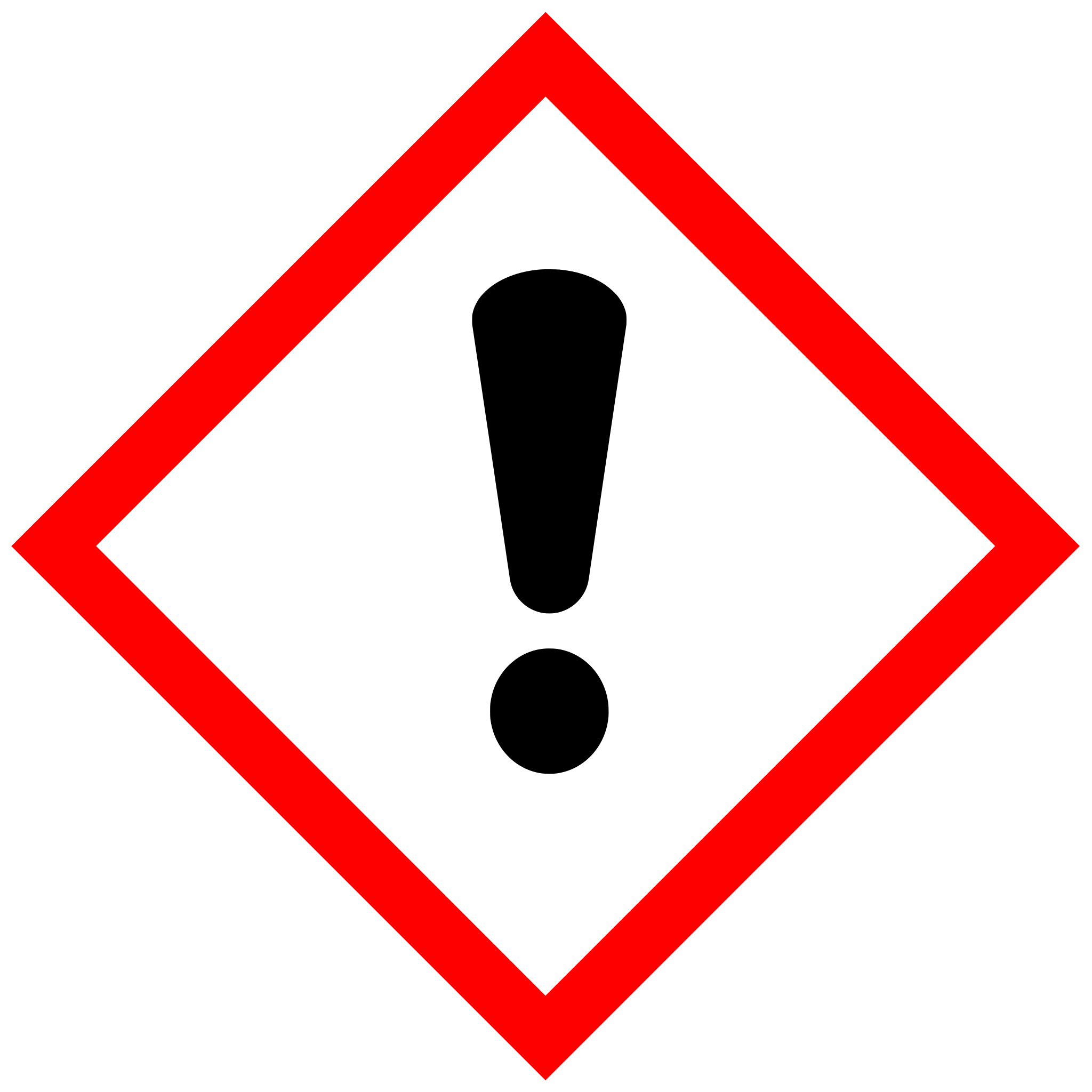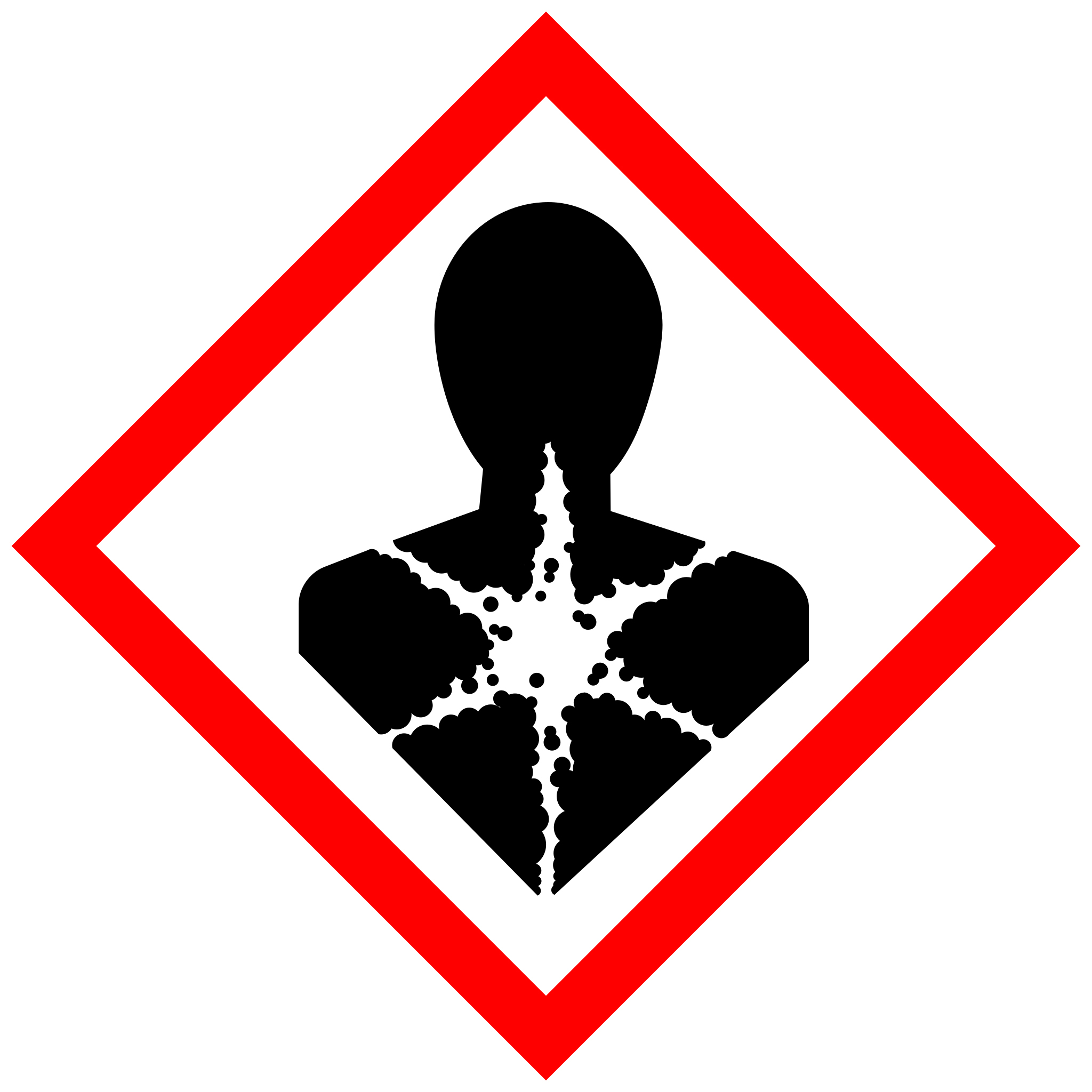Item No.CLM-806-1
Formaldehyde (¹³C, 99%) 20% w/w in H₂O


SynonymsCD2O; Dideuteriomethanone
Formula*CH2O
CAS Number Labeled3228-27-1
CAS Number Unlabeled50-00-0
EC Number
| Item no. | Package size | Availability | List Price (USD) | Your Price (USD) | ||
|---|---|---|---|---|---|---|
| CLM-806-1 | 1 mL soln | In stock, ready for shipment in 3 to 5 days. | $572 | Your Price (USD) $572 |
Properties
Molecular Weight31.02
Chemical Purity98%
FormIndividual
ConcentrationSolution
Application(s)Proteomics, Synthetic Intermediates
Storage TempStore refrigerated. Do not freeze.
Product Description
Formaldehyde is a chemical labeling reagent used in MS proteomics. This 13C-labeled substrate is typically employed in combination with isotopomers of formaldehyde/cyanoborohydride to provide differential isotopic labeling for relative protein quantification.
Application Descriptions
Related Products
Safety Information
Hazard Pictograms





Signal WordDanger
Hazard Statement
Causes severe skin burns and eye damage May cause an allergic skin reaction Causes serious eye damage May cause allergy or asthma symptoms or breathing difficulties if inhaled May cause respiratory irritation Suspected of causing genetic defects (Dermal, Inhalation, oral) May cause cancer (Dermal, Inhalation, oral).
Reviews (0)
There are no reviews yet.
Item No.CLM-806-1
Formaldehyde (¹³C, 99%) 20% w/w in H₂O


SynonymsCD2O; Dideuteriomethanone
Formula*CH2O
CAS Number Labeled3228-27-1
CAS Number Unlabeled50-00-0
EC Number
| Item no. | Package size | Availability | List Price (USD) | Your Price (USD) | ||
|---|---|---|---|---|---|---|
| CLM-806-1 | 1 mL soln | In stock, ready for shipment in 3 to 5 days. | $572 | Your Price (USD) $572 |
Properties
Molecular Weight31.02
Chemical Purity98%
FormIndividual
ConcentrationSolution
Application(s)Proteomics, Synthetic Intermediates
Storage TempStore refrigerated. Do not freeze.
Related Products
Product Description
Formaldehyde is a chemical labeling reagent used in MS proteomics. This 13C-labeled substrate is typically employed in combination with isotopomers of formaldehyde/cyanoborohydride to provide differential isotopic labeling for relative protein quantification.
Application Descriptions
Safety Information
Hazard Pictograms





Signal WordDanger
Hazard Statement
Causes severe skin burns and eye damage May cause an allergic skin reaction Causes serious eye damage May cause allergy or asthma symptoms or breathing difficulties if inhaled May cause respiratory irritation Suspected of causing genetic defects (Dermal, Inhalation, oral) May cause cancer (Dermal, Inhalation, oral).
Reviews (0)
There are no reviews yet.
